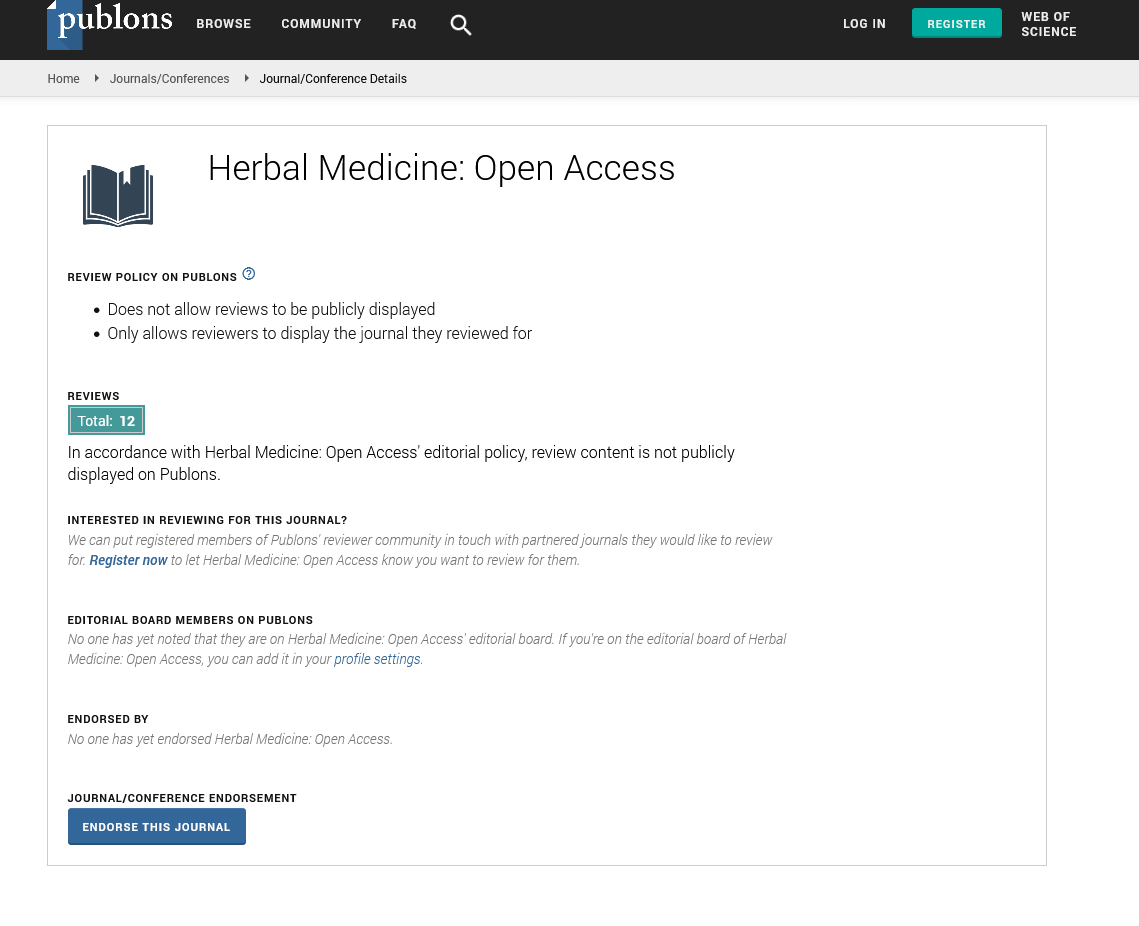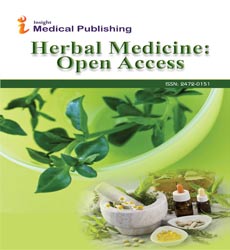Abstract
Comparative Study of Different Ayurvedic Loha Bhasam: Physico-Chemical and Structural Characterization
Background: Ayurveda's precious gift to humanity is the ancient medical practice known as Bhasma. Bhasma, which means "ash" in Ayurvedic, is a well-known effective remedy. These particular metal base preparations have a long history on the Indian peninsula and require extensive scientific validation through physico chemical research in order to be accepted by the contemporary scientific community. To understand the crystal profiles, particle size, chemical component and trace elements analysis of the pharmaceuticals, many methods including loss on drying, ash value, acid insoluble ash, total ash value, pH and sophisticated instrumental analysis like XRD, FTIR, SEM, etc. were explored.
Results: Five samples' XRD analyses revealed that they have somewhat amorphous structural characteristics. In five endothermic peaks in the range of 1 to 89 degrees Celsius were visible in the graph plot for all five samples. Therefore, an effort has been undertaken to compile a database of five such medications using contemporary analytical techniques. It may be said that while there weren't many comparative differences in the batch, the comparison based outcomes were superior. Bhasmas, also known as herbo metallic remedies, are concocted from metallic and herbal elements. One of the iron based herbo metallic preparations used in Ayurvedic medicine to treat a variety of conditions brought on by a lack of iron is called Lauha Bhasma (LB). Normal purification (samanya sodhana), special purification (vishesha sodhana), drying in the sun (bhanupaka), heating in a pan (sthalipaka) and then calcination (putapaka) using Triphala kwatha as a medium at a temperature of 650Ë?C in an Electric Muffle Furnace (EMF) and maintained for an hour are the steps involved in the preparation of LB. LB is submitted to several physicochemical analyses and cutting edge analytical techniques, including Scanning Electron Microscopy (SEM), Fourier Transform Infrared Spectroscopy (FTIR) and X-ray Spectroscopy (XRD). Ayurvedic loha Bhasam differs from market samples in various ways. The results indicate that these processes were required to achieve a decent quality of bhasma and also to make it acceptable during the Bhasmikarna process, according to the organoleptic characteristics, preliminary test, and physicochemical result of LB from data from physicochemical analysis, it was discovered that LB was made in 21 puta, with an average crystalline size of 57.23 nm as determined by XRD spectra. SEM analysis demonstrates the LB's fine grained, uniform sized particle structure. Fe is included in the EDX graph as a prominent element (75.43%). Different organic moieties that increase the therapeutic activity and cause bhasma to manifest strongly are suggested by FTIR spectra. 'Lauha' (Iron) Bhasma is largely utilised in Ayurveda to treat human ailments caused by an iron shortage.
Author(s): Gaurav Goswami*, Mona Semalty and Ajay Semalty
Abstract | Full-Text | PDF
Share this

Google scholar citation report
Citations : 271
Herbal Medicine: Open Access received 271 citations as per google scholar report
Herbal Medicine: Open Access peer review process verified at publons
Abstracted/Indexed in
- Google Scholar
- JournalTOCs
- China National Knowledge Infrastructure (CNKI)
- Directory of Research Journal Indexing (DRJI)
- WorldCat
- Publons
- Secret Search Engine Labs
- Zenodo
Open Access Journals
- Aquaculture & Veterinary Science
- Chemistry & Chemical Sciences
- Clinical Sciences
- Engineering
- General Science
- Genetics & Molecular Biology
- Health Care & Nursing
- Immunology & Microbiology
- Materials Science
- Mathematics & Physics
- Medical Sciences
- Neurology & Psychiatry
- Oncology & Cancer Science
- Pharmaceutical Sciences


